Inclusive Classroom: 5 Things to Consider when Including a Student in your Class
Designing An Inclusive Classroom
Note: Designing an Inclusive Classroom was my first ever blog post for an updated reflection on this topic I have written this post on adapting the environment to engage learners with a range of needs.
These are a few ideas about making your classroom as accessible and inclusive as possible. This research-based post on Autism and Sensory Processing (SPD) Friendly classroom design may also be of interest. Each student is of course an individual and these are just general ideas that may help you in identifying strategies that work for your class. whilst my experience in working with Autistic children these points will work with many children who struggle to focus or learn.

5 Questions to consider when designing an inclusive classroom
1) Can they see you easily? If the student has to turn their head or look up to look at you they will become uncomfortable and fidgety. Make sure no student is having to crane their neck past the back of another students head.
2) Are you giving them the opportunity to interact with their peers? Consider who is close enough for each student to talk to. Are they likely to share an interest. Identify the most empathetic students that could act as peer mentors.
3) Will they be dominated by another student? Is there a student who demands attention and is always first to answer or put forward an opinion. Strong characters can be fantastic role-models but ensure each student has thinking space and time.
4) What is located behind them? If there is a cupboard or resource area the noise will make it very hard to focus. Is there a door that bangs or squeaks? Sit in different areas of your classroom during an activity and listen, there are probably a hundred possible distractions that you can easily rectify: for example placing a mat at the bottom of a drawer stops glue sticks rolling about.
5) Who is behind them? A loud student or busy table is very distracting for noise-sensitive students, consider whether the child might be wary of those around them. A corner or wall behind them may make them feel more secure and in control of their environment allowing more focus on the tasks ahead.
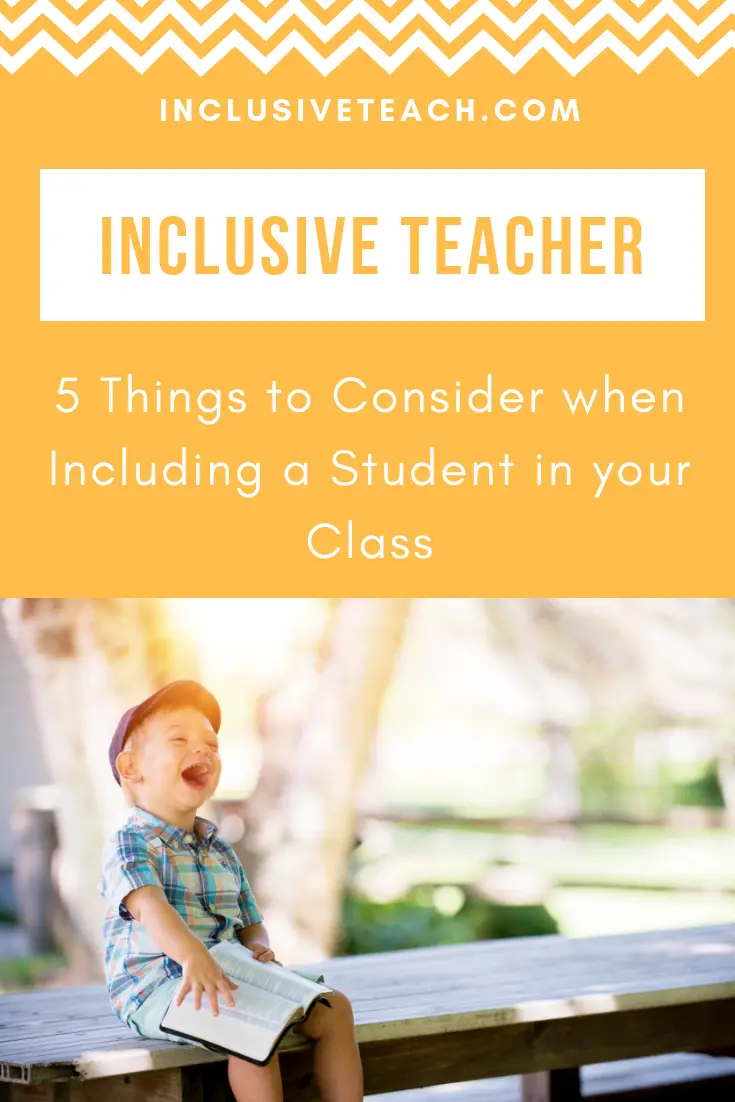
This my very first blog post for Inclusiveteach.com. There is a more recent post here that covers this topic in more depth that was written in collaboration with a number of educators.
Certainly! Let’s update your blog post on “Designing an Inclusive Classroom” to reflect current insights and practices. Creating an inclusive learning environment is crucial for supporting all students, regardless of their individual needs. Here are some strategies to consider:
Designing an Inclusive Classroom: 5 More Strategies for Success
1. Clear Minimum Standards for Behavior
- Define and communicate clear behaviour expectations to all students. Consistently enforce these standards to create a respectful and focused classroom environment.
2. Opportunities for Interaction
- Work on developing appropriate peer interactions by arranging seating so that students can easily talk to one another. Encourage collaborative activities and group work. Identify empathetic students who can serve as peer mentors.
3. Balancing Student Participation
- Be mindful of dominant students who may monopolise discussions or attention. Ensure that every student has thinking space and time to contribute. Strong personalities can be positive role models, but balance their influence.
4. Consider the Environment
- Pay attention to what’s behind students. Noise from cupboards, resource areas, or doors can disrupt focus. Sit in different areas during activities to identify distractions and address them. For instance, placing a mat at the bottom of a drawer can prevent rolling glue sticks.
5. Visual Accessibility
- Ensure that students can easily see you without straining their necks. Avoid situations where they have to crane their necks past other students’ heads.

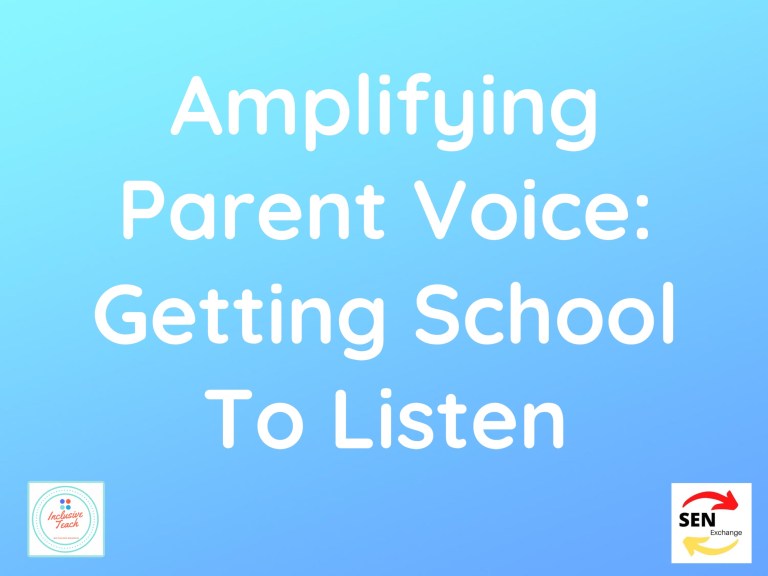
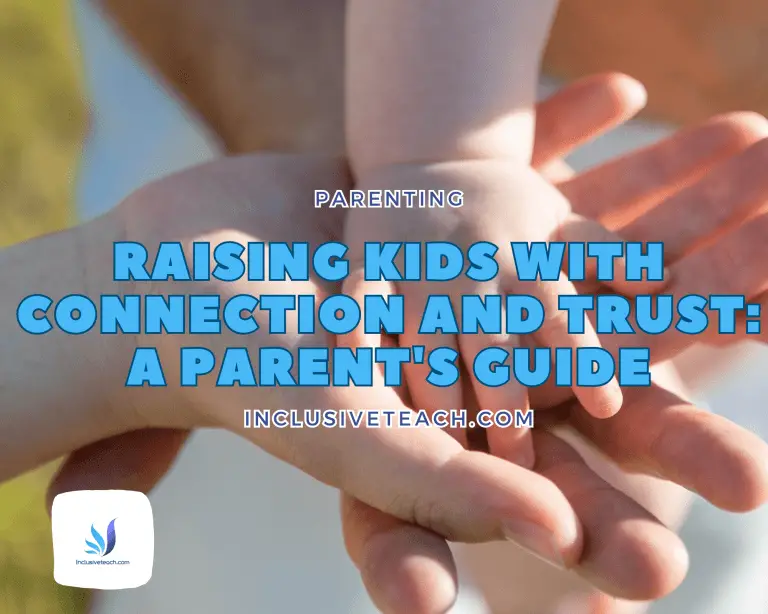
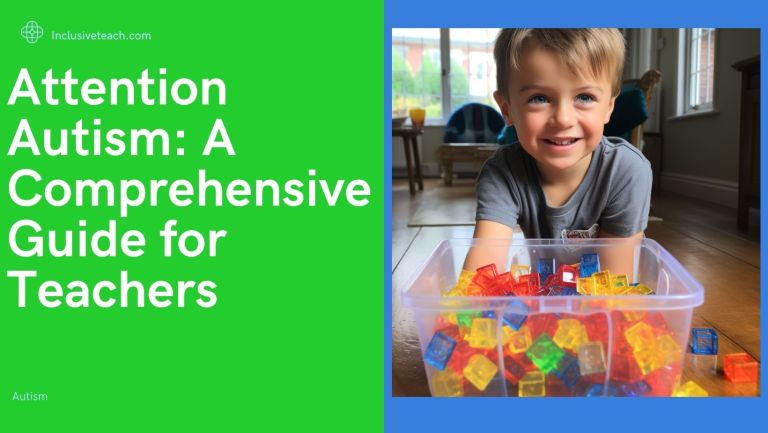
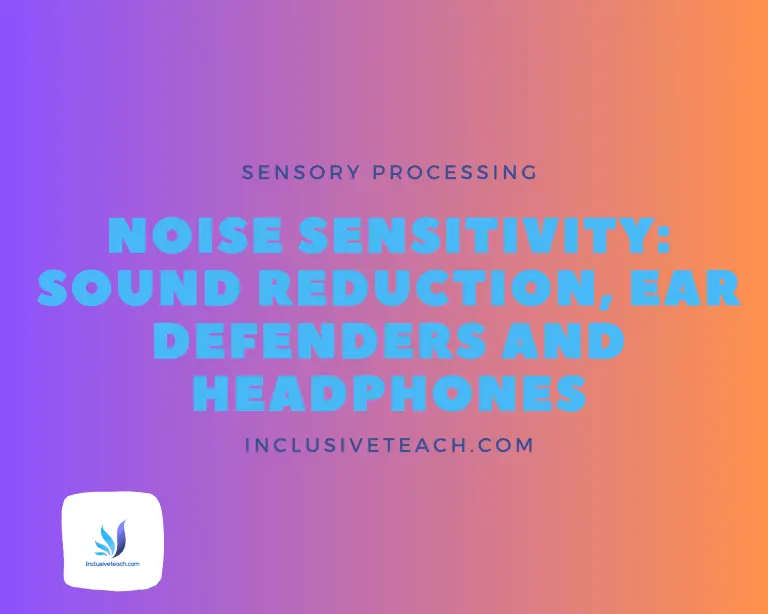


Reblogged this on SENBlogger.
Very simple but potentially powerful suggestions.